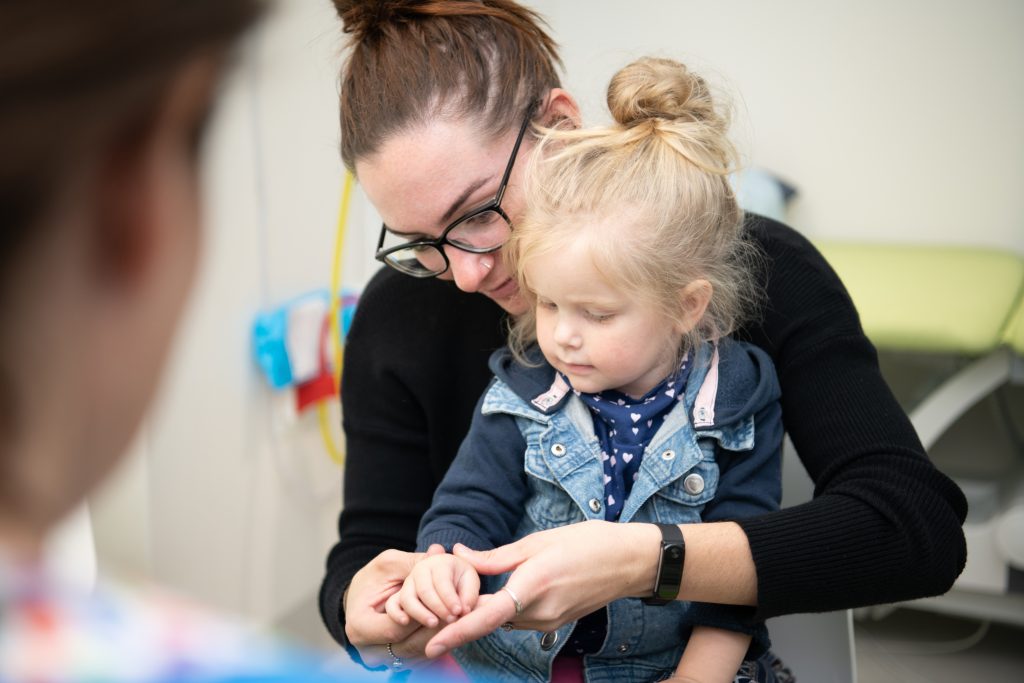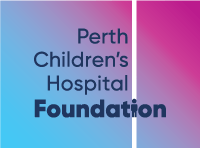
The Dermatology Eczema Project
- Perth Children's Hospital Foundation
The Dermatology Eczema Project
- Perth Children's Hospital Foundation
“Thanks to The Stan Perron Charitable Foundation, we have been able to establish the Dermatology Eczema Service at Perth Children’s Hospital.” – Dr Richard Loh
In Western Australia, approximately 6,000 babies are affected by eczema each year.
While it’s not life-threatening, eczema can cause the skin to develop cracks, weep and even bleed.
“Chronic, untreated eczema really impacts a child’s quality of life, as well as that of their family,” said immunologist Dr Richard Loh. “They get very itchy and sometimes scratch to the point of bleeding, opening them up to the risk of infection. This also impacts their ability to sleep for any decent length of time, which in turn means that their parents aren’t sleeping either.”
“Our plan is to improve the care and management of kids with eczema at all levels. We have been targeting GPs, nurses and pharmacists with better resources around what eczema is and what can be done to treat it early.”
“Instead of employing more dermatologists, this project looked at alternatives like nurse practitioners, leading to the appointment of Jemma Weidinger, the very first nurse practitioner in eczema. She has been instrumental in the development of resources and has been giving lectures to a wide range of community health professionals. We are very lucky to have her as a part of our team,” said Dr Loh.
“In the first 12 months of this project, we have developed a range of resources, including videos, podcasts, e-training and printed materials and have had face to face meeting with 5000 GPs across Australia to better equip the health professionals that parents usually see first.”
In the past, there has been reluctance for health professionals to prescribe steroid cream to treat the early onset of eczema, despite steroid based ointment along with a cool, wet compress for 15 minutes being the best treatment.
“So far, the eczema resources have been well received. There is an increase in confidence when treating a child that presents with eczema and they are reporting huge improvements in reasonably short timeframes. These children no longer need referrals to the hospital,” continued Dr Loh.
“This has meant that the current waiting list for an eczema related outpatient appointment with the Dermatology Department has been reduced from three years to well under 12 months.”
“This reduction in referrals to the hospital’s Dermatology Department for uncomplicated eczema cases has meant that children with severe eczema, the ones that really need to be seen by our dermatology team, can be seen within a week. This leads to much improved outcomes.”
“The next step is going out to as many rural and remote areas as we can, through outreach clinics and use of the Telehealth Program. Excitingly, we are now in a place where we can see if this model of care can be used nationally.”
“We know that if you improve eczema management in infants, it may reduce food allergy development. It’s one of the only ways we know to prevent food allergies. This whole project has the potential to be hugely impactful.”
“With Foundation funding, we are reaping the benefits a lot faster than we could have imagined. I am very grateful that the Foundation said yes to a partnership that has already improved eczema care for kids in WA and across Australia.”
